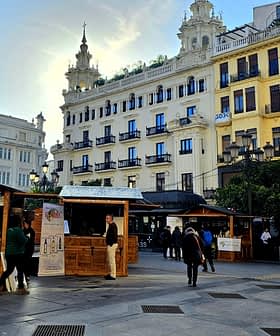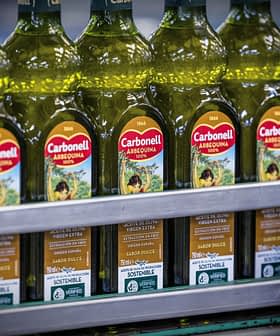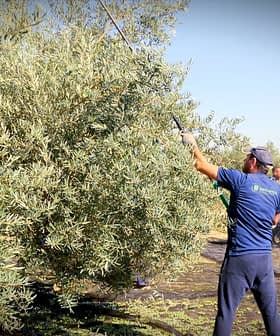This year’s olive harvest has practically come and gone in Spain, where lack of rain and spring-like temperatures have shortened a process that usually could extend as late as January or February.
According to Cristóbal Gallego, head of the olive oil sector for Cooperativas Agro-Alimentarias de Andalucia, it has been “an express harvest like none that has been seen before.”
Rocio Bolivar from Granada olive oil-producer Hechizo Andaluz explained to Olive Oil Times, “Not having rain this year means that the majority of the harvests have been smaller given that the olives haven’t been able to grow due to lack of water.” Gallego considers the Government of Andalucia’s forecast that the region could produce more than 1 million metric tons of oil this season a best-case scenario.
Even still, for many this harvest has yielded higher-quality oils than the year before.
María Molero, a co-owner of Jaén-based Cortijo Spiritu Santo, said “in general, the overall feeling in the province (of Jaén) is that the quality of the olive oil is better than last year, with more olives being harvested directly from the tree, and without being affected by the lack of rain.”
However, if dry conditions continue, there will be a higher price to pay next year. “The trees will grow less and will use their strength just to maintain themselves,” Molero explained, “so if we don’t get a lot of rain in winter and spring to help revive them, next year’s harvest will likely be scarce.”
A complicated prospect given that reserves from last year are already low. Producers with minimal stocks will need to be cautious knowing that, between rising demand and a possibly low-yielding harvest in the year to come, they may need to store additional reserves now.
How this atypical season ultimately affects the output of the current harvest remains to be seen, but the general consensus is that it will negatively affect production at some point.








